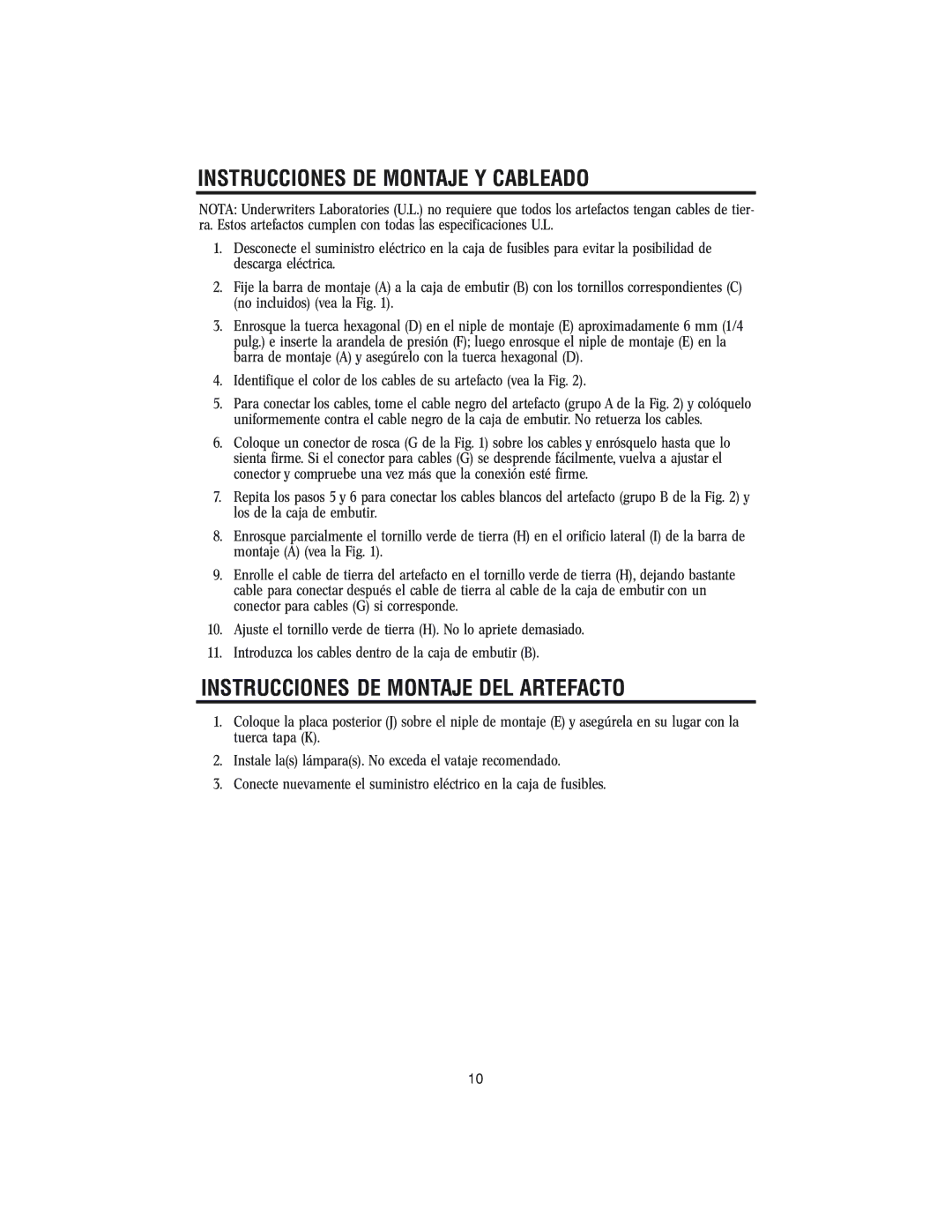w-143 specifications
The Westinghouse W-143 is a notable addition to the world of industrial equipment, renowned for its cutting-edge technologies and outstanding performance characteristics. This model, primarily used in power generation and manufacturing sectors, embodies a robust design that emphasizes efficiency and reliability.One of the standout features of the W-143 is its advanced thermal efficiency. This is achieved through a combination of innovative heat exchange systems and streamlined airflow designs, ensuring optimal energy usage while minimizing waste. The model incorporates advanced insulation materials that enhance thermal retention, which is crucial for maintaining consistent operating temperatures and thereby improving overall productivity.
In terms of technology, the W-143 is equipped with state-of-the-art automation capabilities. The integration of intelligent control systems allows for real-time monitoring and adjustments, which can significantly reduce downtime. Operators can easily access performance data and operational metrics through a user-friendly interface, facilitating better decision-making and proactive maintenance scheduling.
Another key characteristic of the W-143 is its modular design. This feature allows for easy scalability and customization, making it suitable for a wide range of applications. Whether in a small manufacturing unit or a large-scale power plant, the modularity ensures that the W-143 can meet the varying demands of different operational environments.
The durability of the Westinghouse W-143 is another aspect that contributes to its appeal. Constructed with high-quality materials that withstand the rigors of industrial use, the model boasts a longer lifecycle compared to traditional counterparts. This resilience not only reduces the frequency of replacements but also translates to lower total operational costs over time.
Environmental considerations are also key in the design of the W-143. It incorporates low-emission technologies that align with contemporary regulatory standards, supporting businesses in achieving their sustainability goals.
In conclusion, the Westinghouse W-143 is a technologically advanced, efficient, and versatile piece of equipment that meets the demanding needs of today’s industries. With its focus on innovative performance, user-friendly automation, and environmental responsibility, it stands out as a preferred choice for organizations aiming to enhance productivity while committing to sustainable practices.

